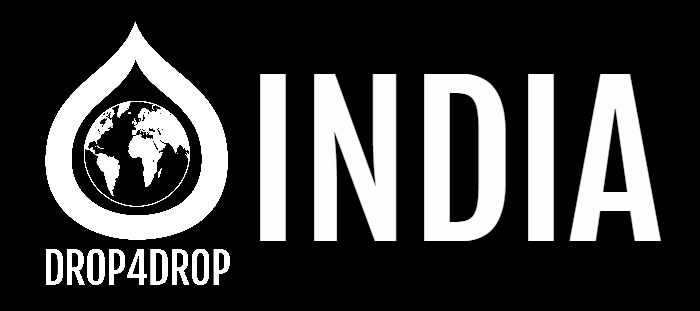
Where we work in India
Access to safe water in India has been steadily improving, 72% of people in India had access in 1990 whereas in 2008 this increased to 88%. However, with a population that is three time the size of the U.S. yet one third of its physical size, there are still at least 76 million people in India without access to safe water and an enormous 770 million people without access to a toilet. Despite improvements, there is still a huge water crisis which is having a massive impact on health, with 144,000 children dying a year from preventable diarrhoeal diseases caused by unsafe water and inadequate sanitation.
There is still a lot of work to do to bring access to safe and clean water in India and we are currently focusing our work in three main states. The majority of the communities we work with are in the states of Andhra Pradesh, West Bengal and Jharkhand. Nearly three quarters of Andhra Pradesh’s 50 million people live in rural areas with only about 14% of rural households having access to piped water. Rural communities in Andhra Pradesh are largely ignored by the government and although investments have been made in the water and sanitation sector, these are largely inadequate. ater systems being left defunct for long periods causing hardships to many communities. Currently many communities in the area are reliant on single village taps powered by electricity which are regularly affected by power cuts and water systems are left defunct for long periods of time.
Jharkhand is adversely affected by the impact of climate variations, as the region has faced significant variation in rainfall over the past several years. The government does not have much hold on major infrastructure, such as roads, meaning communities are often completely cut off. Coupled with Jharkhand being a drought prone region people face severe water shortages.
The last region we work in is West Bengal, With a population of 91 million, it is eastern India’s most populous state. Traditionally, most of the region’s rural population gets their drinking water from surface ponds, but these are often badly polluted and according to the World Bank more than a quarter of a million children die every year from water-borne diseases. We focus our work to put an end to India’s water crisis in these three states and will continue to do so with your help.